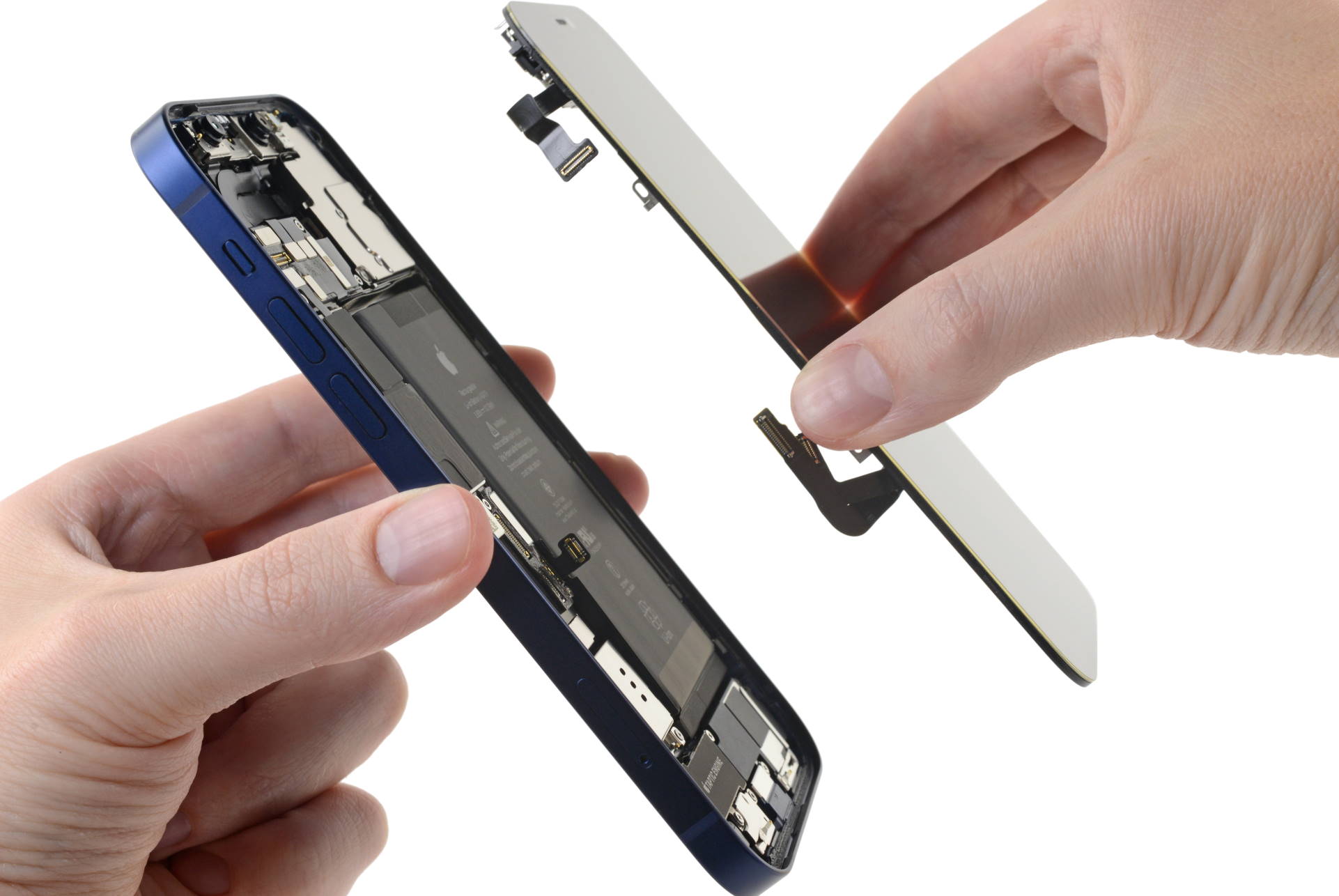The European Parliament recently gave a green light to new rules encompassing the design, production, and recycling of all rechargeable batteries sold in the EU. Electric vehicles including scooters and rechargeable industrial batteries larger than 2kWh must now include a mandatory carbon footprint declaration, label, and digital passport.
Moreover, the batteries used in portable devices such as smartphones, tablets, and cameras must be designed for easy removal and replacement by the end user. This necessitates a considerable redesign from manufacturers, as most currently encase the batteries within the device, requiring professional tools and expertise for safe replacement.
The EU’s mandate follows previous regulations that prompted Apple to shift from Lightning ports to USB-C ports in its iPhones. Now, Apple and other smartphone manufacturers face the challenge of creating accessible batteries for future devices.
The new mandate also sets ambitious goals for waste collection and material recovery from old batteries, with targets increasing progressively until 2031. The aim is to reach a 61% waste collection and 95% material recovery rate from old portable batteries. Furthermore, the regulations demand minimum recycled content in new batteries, effective eight years post-implementation.
Endorsed overwhelmingly by the European Parliament, the rules await formal approval from the European Council before becoming law. While the mandate is expected to take effect in early 2027, there may be a delay if manufacturers need additional time to comply.
Concurrently, the European Parliament is evaluating the phase-out of non-rechargeable portable batteries, with a decision expected by the end of 2030.
In the wake of these developments, Apple has expanded its Self Service Repair program, offering access to official manuals, genuine parts, and tools to experienced individuals for electronics repair. The program, initiated in April 2022, now includes the iPhone 14 lineup and additional Mac models.

Manufacturers are being urged to prioritize design considerations that not only enhance the user experience but also contribute positively to environmental sustainability.













